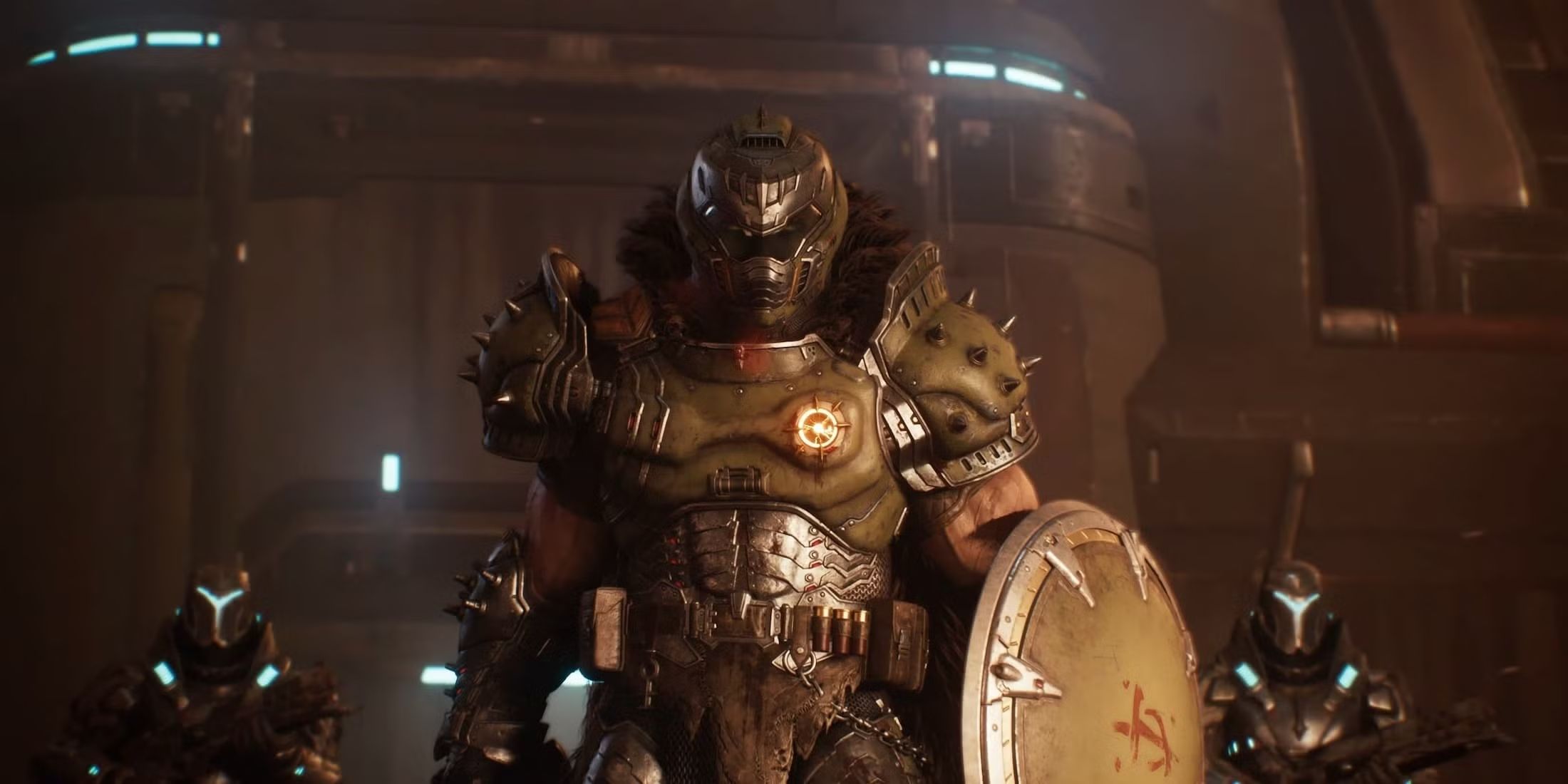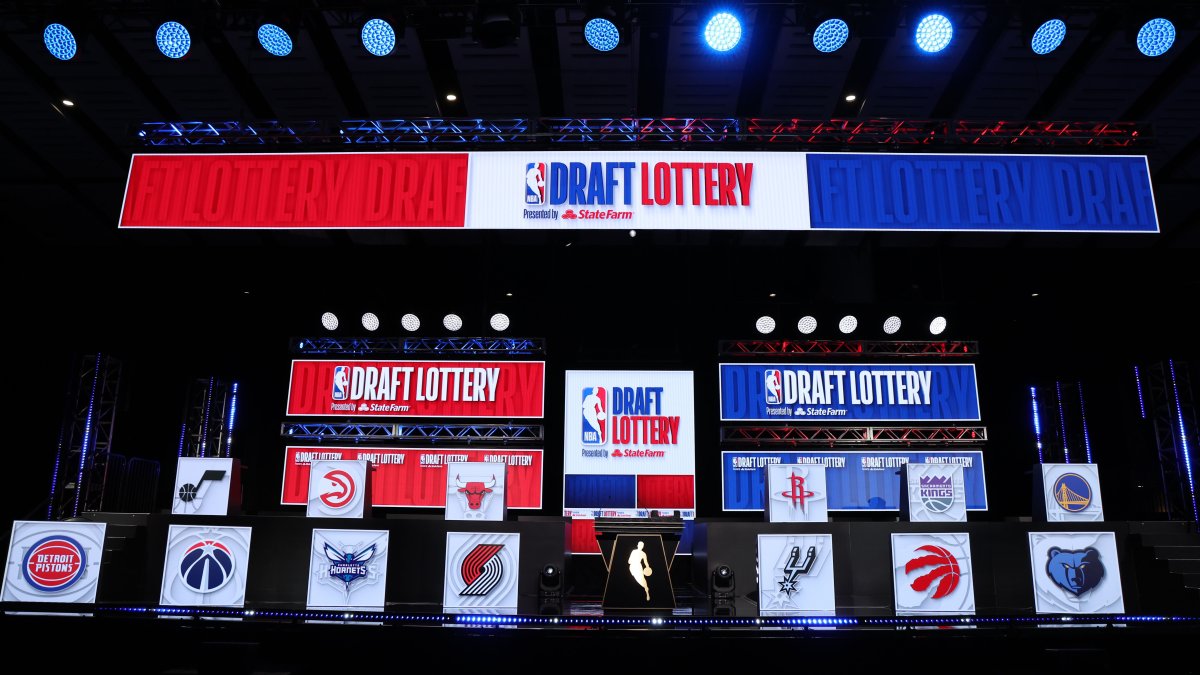DOOM's Dark Ages: How Classic Inspiration Shapes Modern Development

Table of Contents
The Technological Constraints of DOOM's Dark Ages and Their Creative Solutions
Limited Technology, Maximum Impact
The original DOOM, released in 1993, was a product of its time. Technical limitations, including severely limited processing power, RAM, and texture resolution, were significant hurdles. However, these constraints ironically spurred creativity and resulted in unique gameplay experiences. Instead of being hampered, the developers cleverly circumvented these limitations:
- Clever use of level geometry: Simple shapes were masterfully combined to create complex and memorable environments. The illusion of depth and scale was achieved through clever use of verticality and visual tricks, rather than high-poly models.
- Simple yet effective enemy AI: While not sophisticated by today's standards, the enemy AI in early DOOM games was effective in creating tense and challenging encounters. Their predictable yet aggressive behavior was perfectly matched to the game's fast-paced action.
- Atmospheric sound design: The use of limited audio resources forced a focus on impactful sound effects that built suspense and contributed greatly to the game's terrifying atmosphere. Simple sounds, like the demonic growls and the distinct sounds of gunfire, were remarkably effective in their simplicity.
These limitations, rather than hindering the game, forged a unique gameplay experience that prioritized speed, strategy, and resourcefulness – elements that still influence modern DOOM titles and the FPS genre as a whole.
The Birth of the "Doom WAD" Community and its Contribution
The original DOOM's source code was eventually released, igniting an unprecedented wave of community creation. The "Doom WAD" (Where Are the Data files) community blossomed, with countless players crafting custom levels, textures, and even entirely new game mechanics. This community significantly extended the lifespan of DOOM and greatly influenced future iterations.
- Custom maps: Players created levels that ranged from simple recreations of existing environments to completely original designs, pushing the boundaries of the original game's level design.
- New textures and assets: The modding community produced new graphics and sounds, experimenting with different aesthetics and enhancing the overall experience.
- Total Conversions: The most ambitious modders even created total conversions, effectively transforming DOOM into different games with unique themes and mechanics – demonstrating the engine's surprising flexibility.
This community-driven innovation showcases the enduring appeal of DOOM's core gameplay loop and its ability to inspire creative expression, proving that even a technically limited game can have an immeasurable impact.
Level Design Principles: From Simple to Strategic
Understanding the Spatial Puzzle
Early DOOM levels were spatial puzzles, meticulously crafted to challenge and reward players. They were designed around:
- Verticality: Levels weren’t just flat planes; they employed multiple levels, encouraging exploration and offering strategic advantages.
- Secret areas: Hidden passages and rooms rewarded careful exploration, adding replayability and a sense of discovery.
- Strategic chokepoints: These carefully placed bottlenecks forced players to manage their resources and tactics effectively.
Classic DOOM levels like "E1M1: Hangar" and "E2M3: The Gantries" exemplify this masterful use of level design. These techniques, refined but still present, persist in modern DOOM games, albeit with significantly enhanced graphics and complexity. The core principles, however, remain the same, emphasizing exploration and strategic combat.
The Evolution of Enemy Placement and Encounters
Enemy placement in classic DOOM was strategic and often brutal. Simple AI was cleverly employed to create memorable and intense combat encounters. This strategic enemy placement is a key component distinguishing classic DOOM from the modern entries.
- Ambush tactics: Enemies often lay in wait, forcing the player to be vigilant and adapt their strategies.
- Strategic use of environmental hazards: Lava pits, crushing walls, and other environmental elements increased the challenge and added to the intensity of combat.
- Wave-based encounters: Many encounters involved facing successive waves of enemies, demanding efficient resource management and strategic positioning.
These classic encounters directly influenced the fast-paced, intense combat found in modern DOOM games. While the complexity of AI has increased, the underlying principle of utilizing enemy placement to create exciting and unpredictable encounters remains fundamental.
Atmosphere and Sound Design: Crafting a Hellish Soundscape
The Power of Simple Sound Design
The limited sound capabilities of the original DOOM engine were cleverly utilized to build atmosphere and enhance the game's impact.
- Repetitive yet effective sound loops: Simple sounds, repeated cleverly, built a sense of dread and immersion.
- Impactful sound effects: The impact of gunfire, monster roars, and the player's footsteps were precisely designed to enhance the feeling of the world.
- Strategic use of silence: Moments of silence between intense action built tension and suspense.
This simple yet effective sound design created a chilling soundscape that contributed significantly to the game's overall atmosphere, proving that impact doesn’t necessarily require complexity. Modern DOOM games build upon this foundation, utilizing vastly improved audio technology to enhance the overall auditory experience, but the core principles remain.
Visual Storytelling Through Limited Graphics
The limited graphics of early DOOM games were used inventively to create atmosphere and convey narrative elements.
- Use of color and lighting: Specific palettes of colors (reds, browns, greens) created a sense of hellish dread. Simple lighting effects added to the dark, claustrophobic atmosphere.
- Environmental storytelling: The environment itself – decaying structures, pools of blood, mutilated corpses – subtly conveyed a narrative of violence and decay.
- Monster design: Simple yet disturbing creature designs reinforced the game's themes of horror.
The visual style of the original DOOM continues to resonate today, inspiring modern games that embrace retro aesthetics and minimalist visual designs. The power of suggestion and symbolic representation transcends technological limitations.
Conclusion
The challenges and triumphs of DOOM's Dark Ages fundamentally shaped modern game development. The creative solutions born from technological limitations influenced level design, fast-paced combat encounters, and the atmospheric soundscapes of countless FPS games. By understanding the ingenuity and innovation of this era, we gain a profound appreciation for the lasting impact of classic game design on the evolution of the FPS genre. Delve into the depths of DOOM's Dark Ages – play the classics and experience the genesis of a legendary franchise!

Featured Posts
-
 Geografiya Prozhivannya Romskogo Naselennya Ukrayini Analiz Chiselnosti Ta Faktoriv
May 13, 2025
Geografiya Prozhivannya Romskogo Naselennya Ukrayini Analiz Chiselnosti Ta Faktoriv
May 13, 2025 -
 Heatwave Warning Ghaziabad Advises Precautions For Outdoor Workers In Noida
May 13, 2025
Heatwave Warning Ghaziabad Advises Precautions For Outdoor Workers In Noida
May 13, 2025 -
 Cassie And Alex Fines Mob Land Premiere A Look At Pregnant Cassies Red Carpet Style
May 13, 2025
Cassie And Alex Fines Mob Land Premiere A Look At Pregnant Cassies Red Carpet Style
May 13, 2025 -
 Report Tory Lanez Seriously Injured After Prison Stabbing Hospitalized
May 13, 2025
Report Tory Lanez Seriously Injured After Prison Stabbing Hospitalized
May 13, 2025 -
 Nba Draft Lottery Rules A Simple Explanation For Fans
May 13, 2025
Nba Draft Lottery Rules A Simple Explanation For Fans
May 13, 2025
